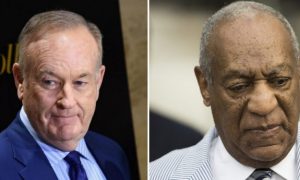“It is a pleasure to open the Information Age exhibition today at the @ScienceMuseum and I hope people will enjoy visiting. Elizabeth R.”
That was the Queen’s first tweet – sent through the @BritishMonarchy account – heralding the launch of a major new exhibition at London’s Science Museum.
It has been three years in the planning, and is one of the most ambitious projects the museum has ever undertaken.
The Information Age gallery, opened by the Queen this morning, takes visitors on a journey through the history of modern communications from the telegraph to the smartphone.
There is the first transatlantic telegraph cable which connected Europe and North America, the broadcast equipment behind the BBC’s first radio programme in 1922, and Sir Tim Berners-Lee’s NeXT computer, which hosted the first website.
Along with the historic objects, visitors can enjoy various interactive experiences.
You can construct a 1980s mobile phone network, making sure your cell towers are efficiently positioned. You can go into the web story box to find out exactly what happens when you click on a link. And you can plug headphones into a 1950s telephone exchange, and listen to the operators describing what their work involved.
The gallery’s chief curator Tilly Blyth hopes that visitors who may be somewhat blase about the digital revolution will come away with a longer view.
“We really want them to see that our predecessors lived through similar periods of change. Ours isn’t the only revolution – just the latest. in a series of transformations since the electric telegraph in the 1830s.”
Baroness Martha Lane Fox, who has campaigned for better access to and understanding of the internet, welcomes the new gallery: “It’s an amazing opportunity for people young and old to come and see the extraordinary developments in technology over the last hundred years or so. It really reminds me of the scale of ambition that people have had to change things.”
She hopes too that visitors will learn of the great contribution made by Britain to the development of communications – from Ada Lovelace, the woman who conceived the idea of computer programming in the 1830s, through to the 1950s when Lyons Corner Houses introduced the first business computer Leo, and on to Sir Tim Berners-Lee: “I hope that people who visit will have their ambition and excitement lit so we can continue to be world leaders in this field because it’s so important.”
The gallery certainly does show off the role Britain has played, and a number of British companies including BT and the chip designer ARM Holdings have sponsored the Information Age and supplied exhibits. But, as they wander past early computers like the ACE, designed by Alan Turing, visitors may begin to ask themselves a question.
In a communications world now dominated by the likes of Google, Apple and Facebook, where are the British technology giants that will shape the communications of the future?
Source: BBC.Com



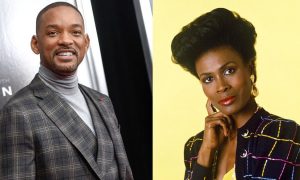



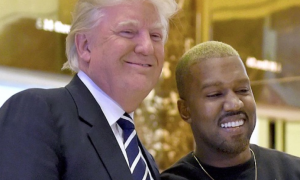



















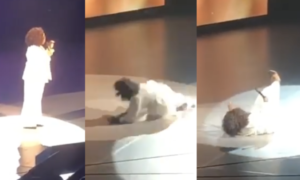











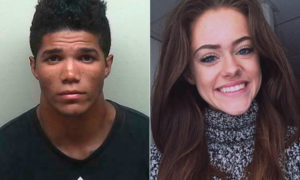













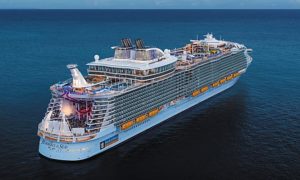

































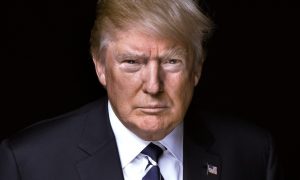

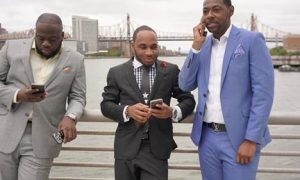













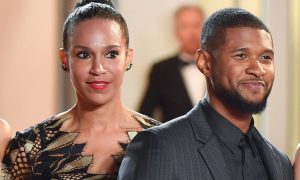

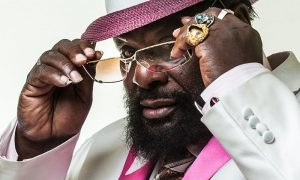







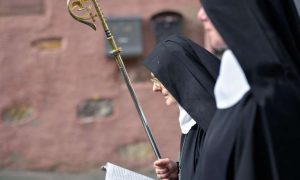



















































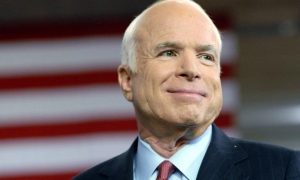





































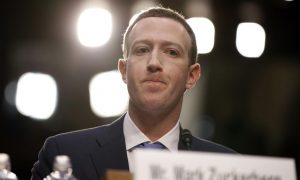































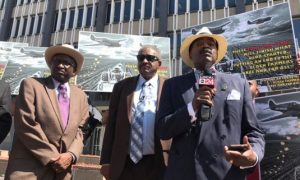





![[Video] Chicago Police Officers Caught On Video Telling Two Black Men "We Kill Mother F**kers"](https://earhustle411.com/wp-content/uploads/2018/07/evil-cop-3-300x180.jpg)
![[Video] Chicago Police Officers Caught On Video Telling Two Black Men "We Kill Mother F**kers"](https://earhustle411.com/wp-content/uploads/2018/07/evil-cop-3-80x80.jpg)












![[Video] White Woman Calls The Cops On Black Real Estate Investor, Cops Threaten To Arrest Her For Harassing Him](https://earhustle411.com/wp-content/uploads/2018/05/nosy-neighbor-300x180.png)
![[Video] White Woman Calls The Cops On Black Real Estate Investor, Cops Threaten To Arrest Her For Harassing Him](https://earhustle411.com/wp-content/uploads/2018/05/nosy-neighbor-80x80.png)


![White Scientist Says The Black Community Is Being Targeted By The Medical System, They Are Deliberatly Being Poisoned [Video]](https://earhustle411.com/wp-content/uploads/2016/05/mike-adams-300x180.jpg)
![White Scientist Says The Black Community Is Being Targeted By The Medical System, They Are Deliberatly Being Poisoned [Video]](https://earhustle411.com/wp-content/uploads/2016/05/mike-adams-80x80.jpg)








![Teenage Girl Shot In Her Stomach Three Times But Took Time To Post To Facebook [ Video]](https://earhustle411.com/wp-content/uploads/2016/02/Gangster-chick-300x180.jpg)
![Teenage Girl Shot In Her Stomach Three Times But Took Time To Post To Facebook [ Video]](https://earhustle411.com/wp-content/uploads/2016/02/Gangster-chick-80x80.jpg)


